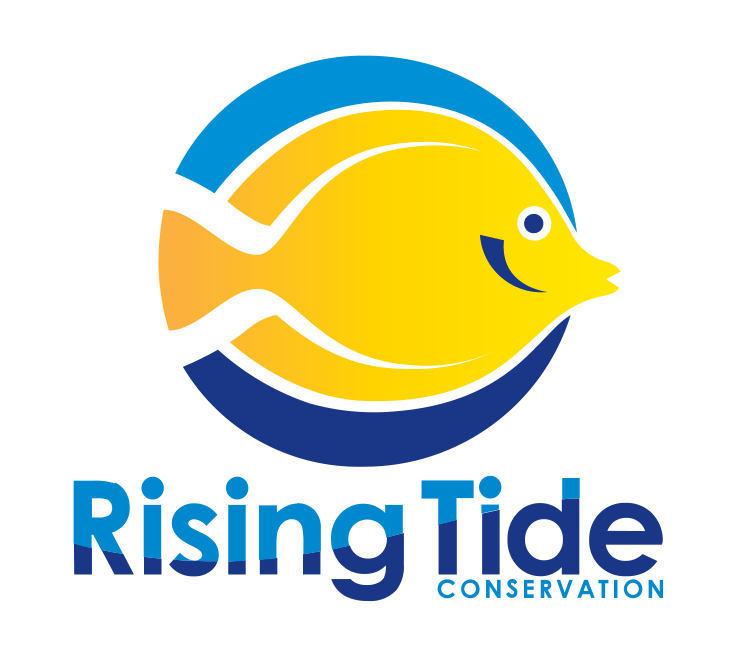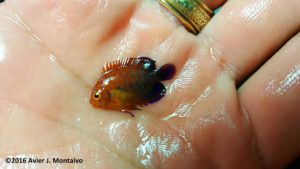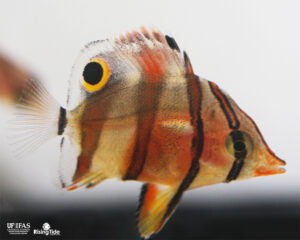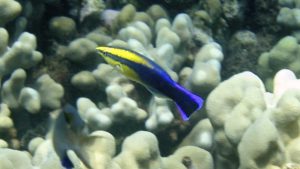Rising Tide Conservation and the team at the University of Florida Tropical Aquaculture Laboratory are extremely proud to introduce the first ever captive-bred Pacific Blue Tangs.
55 days post hatch!! Pacific Blue Tangs, from the UF Tropical Aquaculture Laboratory! Image courtesy of the UF IFAS Tropical Aquaculture Laboratory.
The collaborative success was over six years in the making. Dr. Chad Callan and his team at the Oceanic Institute at Hawaii Pacific University reared the first captive-bred Yellow Tangs in October of 2015. Kevin Barden, a researcher with the UF Tropical Aquaculture Laboratory, traveled to Hawaii to gain first-hand knowledge of the procedures used to raise captive-bred Yellow Tangs. Bringing this information back to Florida, Barden worked with colleagues Eric Cassiano, Matthew DiMaggio, and Cortney Ohs to replicate aspects of Callan’s methods.

In previous attempts, the team at UF Tropical Aquaculture Laboratory consistently had a survival rate of Blue Tangs to four days post hatch before the larvae would die. At most, the Blue Tang larvae would survive to 21 days post hatch.
To push the Blue Tang larvae through the bottleneck, conditions needed to be perfect. Watson explains: “During the first three days, the Pacific Blue Tangs develops eyes and a mouth. If the food for the parents isn’t just right, the yolk won’t be enough or of the right consistency to carry the larvae through. Water quality, including temperature, is critical, and if anything goes wrong [the larvae] can be dead in hours.”
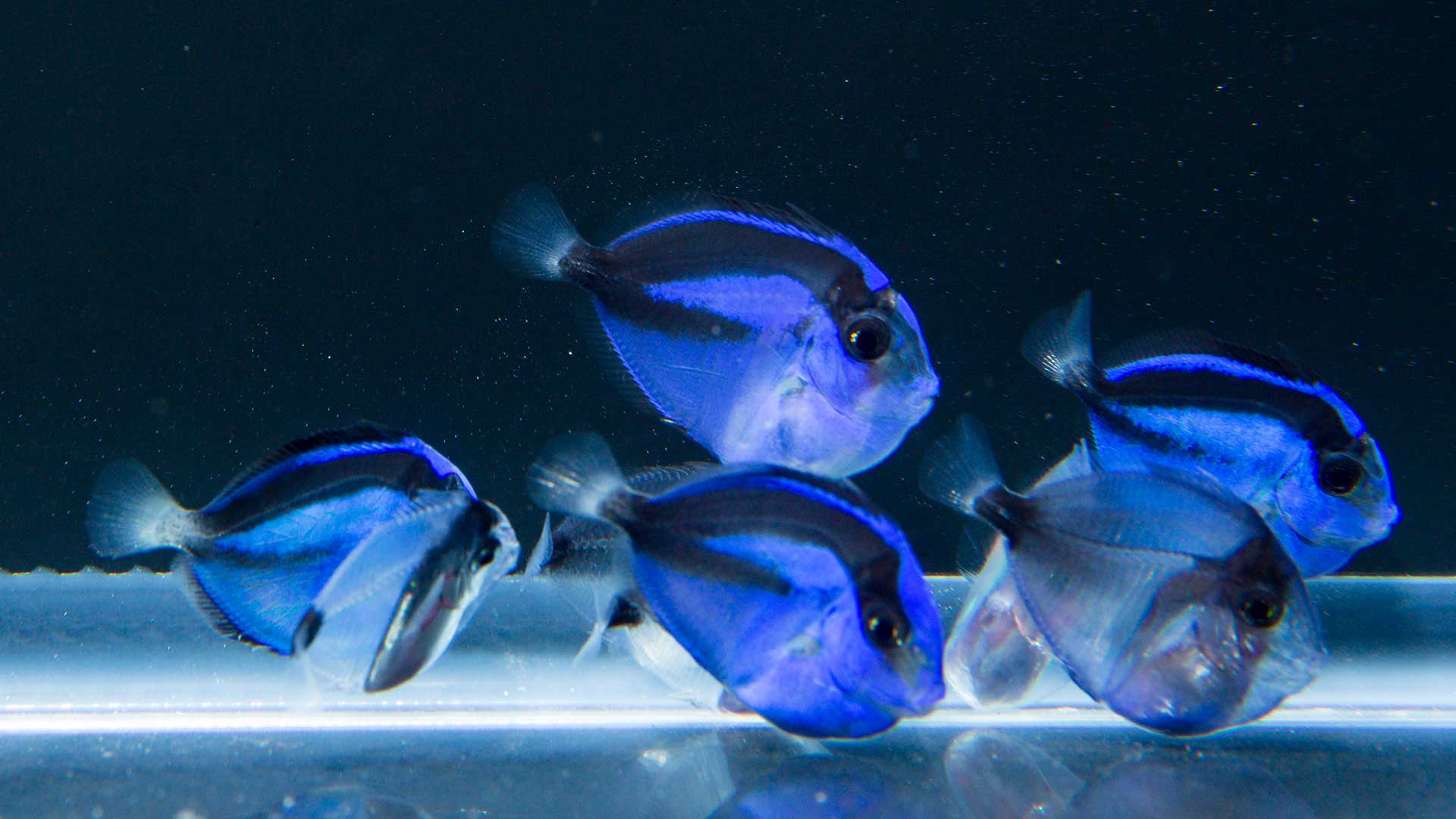
On day 52, photographs captured a captive-bred Pacific Blue Tang and 26 of his siblings, all with dazzling black and blue coloring, for the first time. Using information from Dr. Callan’s success, and from previous attempts at the UF Tropical Aquaculture Laboratory, “the fish started behaving and growing like nothing seen before,” said Watson.
“This is a new chapter in ornamental fish aquaculture,” commented Dr. Judy St. Leger, President of Rising Tide Conservation.
“Without the support of the SeaWorld-Busch Gardens Conservation Fund and the overall pet industry, the advances of Rising Tide would not be possible. We chose these program researchers because they showed commitment to advancing culture of the most difficult fish.” “This team is a can-do part of Rising Tide Conservation,” said Watson.
“We are committed to improving the science of raising fish and we are proud to be part of Rising Tide. Our folks are a successful team because of their knowledge, commitment, and ability to work with others to reach a common goal. Eric and Kevin gave up their weekends and holidays this summer to make this happen. I could not be more proud of them than I am today.”
